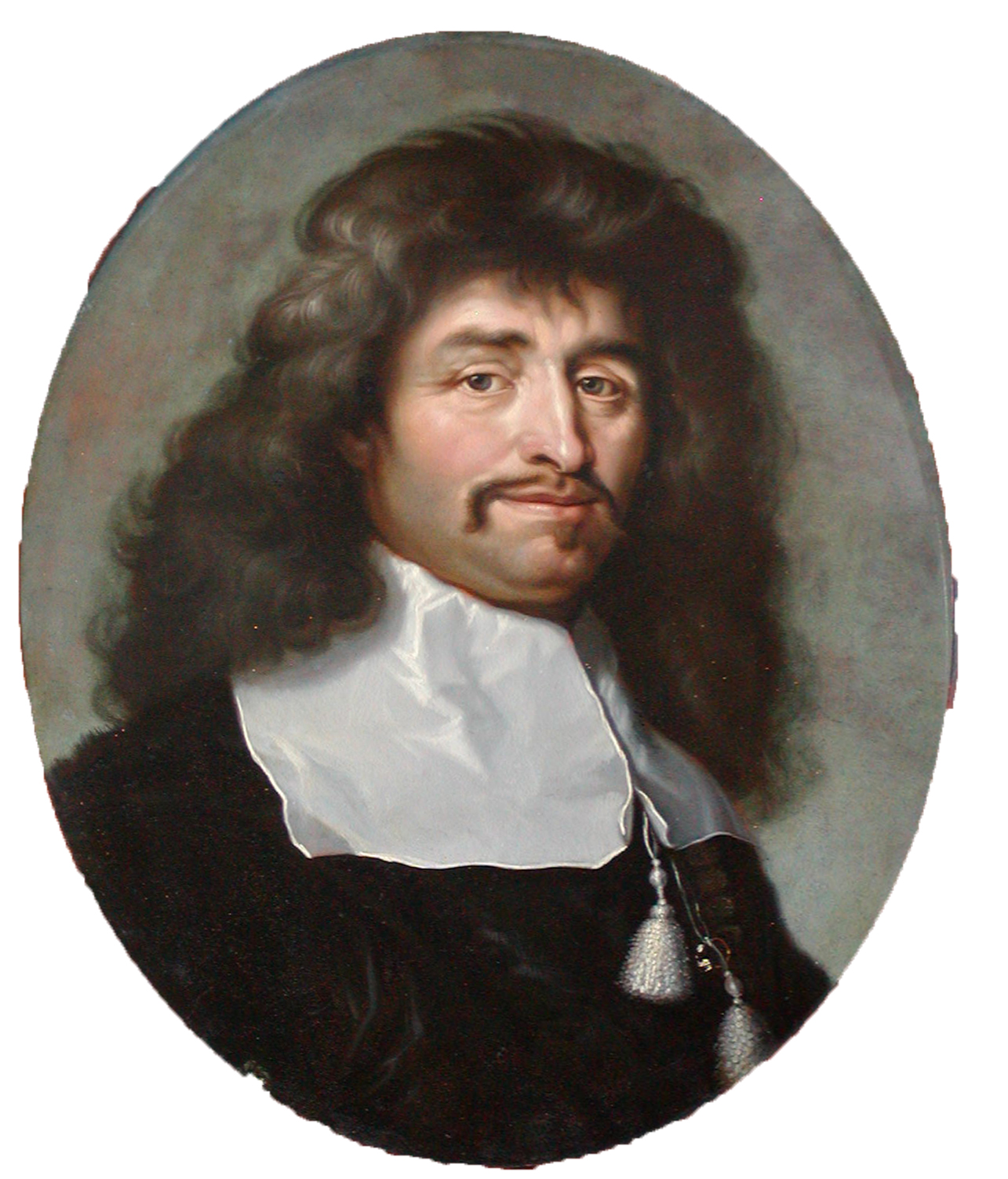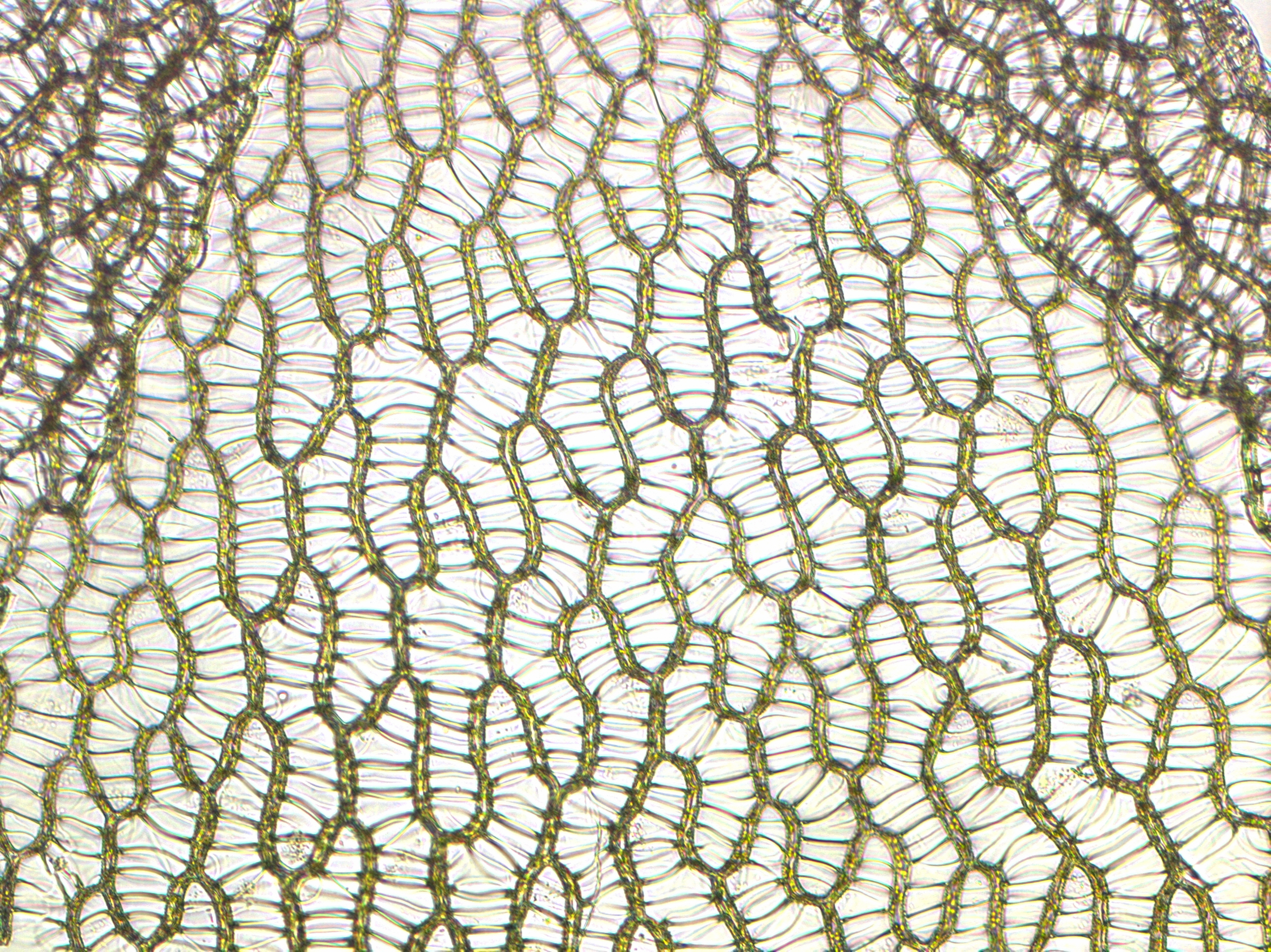|
Schnaakenmoor
The Schnaakenmoor is a nature reserve area located in the northwest of the forest district Klövensteen in Hamburg, Germany. The Klövensteen is a forest district and a recreational area in the west of Hamburg. Schnaakenmoor covers also some areas from the Grotenmoor, the Spitzendorfer Moorflagen, Babenbischenweg and Feldweg 83. The Schnaakenmoor emerged through the last ice age, some 10,000 years ago. It developed from a long sand dune, which roughly covered an area reaching from Elmshorn to Glückstadt Glückstadt (; ) is a town in the Steinburg district of Schleswig-Holstein, Germany. It is located on the right bank of the Lower Elbe at the confluence of the small Rhin river, about northwest of Altona. Glückstadt is part of the Hamburg .... Nowadays the Schnaakenmoor consists mainly of bog moss, which make a basis of about 1 metre bogmoss layer. Plant researcher and other biologists find a lot of rare plant and animal species in the Schnaakenmoor. For example, a vari ... [...More Info...] [...Related Items...] OR: [Wikipedia] [Google] [Baidu] |
Klövensteen
The Klövensteen is a woodland area west of Hamburg, Germany. The forest covers an area of more than . The Klövensteen is located in the districts of Hamburg in Rissen and Sülldorf and also has parts in Schleswig-Holstein namely in the towns of Pinneberg and Wedel and in the communities of Appen and Holm, Pinneberg, Holm. Originally the Klövensteen was part of a long inland dune, which lasted from the last Ice age and extended over an area from the northern Elbe, from the present-day Kiel Canal over the Haseldorf marsh to Geesthacht. The forest was created through afforestation in the 19th century. Area The area of the Klövensteen mainly consists of mixed woodlands with Temperate broadleaf and mixed forest, hardwood trees and Pinophyta, conifers, broken up by open fields and clearings. Southwest of the Klövensteen lies the Schnaakenmoor nature reserve. Schnaakenmoor consist mainly of marshes and is home to a number of rare animal and plant species. The southern border of ... [...More Info...] [...Related Items...] OR: [Wikipedia] [Google] [Baidu] |
Nature Reserve
A nature reserve (also known as a wildlife refuge, wildlife sanctuary, biosphere reserve or bioreserve, natural or nature preserve, or nature conservation area) is a protected area of importance for flora, fauna, funga, or features of geological or other special interest, which is reserved and managed for purposes of Conservation (ethic), conservation and to provide special opportunities for study or research. They may be designated by government institutions in some countries, or by private landowners, such as charities and research institutions. Nature reserves fall into different IUCN protected area categories, IUCN categories depending on the level of protection afforded by local laws. Normally it is more strictly protected than a nature park. Various jurisdictions may use other terminology, such as ecological protection area or private protected area in legislation and in official titles of the reserves. History Cultural practices that roughly equate to the establishmen ... [...More Info...] [...Related Items...] OR: [Wikipedia] [Google] [Baidu] |
Hamburg
Hamburg (, ; ), officially the Free and Hanseatic City of Hamburg,. is the List of cities in Germany by population, second-largest city in Germany after Berlin and List of cities in the European Union by population within city limits, 7th-largest in the European Union with a population of over 1.9 million. The Hamburg Metropolitan Region has a population of over 5.1 million and is the List of EU metropolitan areas by GDP, eighth-largest metropolitan region by GDP in the European Union. At the southern tip of the Jutland Peninsula, Hamburg stands on the branching River Elbe at the head of a estuary to the North Sea, on the mouth of the Alster and Bille (Elbe), Bille. Hamburg is one of Germany's three city-states alongside Berlin and Bremen (state), Bremen, and is surrounded by Schleswig-Holstein to the north and Lower Saxony to the south. The Port of Hamburg is Germany's largest and Europe's List of busiest ports in Europe, third-largest, after Port of Rotterdam, Rotterda ... [...More Info...] [...Related Items...] OR: [Wikipedia] [Google] [Baidu] |
Germany
Germany, officially the Federal Republic of Germany, is a country in Central Europe. It lies between the Baltic Sea and the North Sea to the north and the Alps to the south. Its sixteen States of Germany, constituent states have a total population of over 84 million in an area of , making it the most populous member state of the European Union. It borders Denmark to the north, Poland and the Czech Republic to the east, Austria and Switzerland to the south, and France, Luxembourg, Belgium, and the Netherlands to the west. The Capital of Germany, nation's capital and List of cities in Germany by population, most populous city is Berlin and its main financial centre is Frankfurt; the largest urban area is the Ruhr. Settlement in the territory of modern Germany began in the Lower Paleolithic, with various tribes inhabiting it from the Neolithic onward, chiefly the Celts. Various Germanic peoples, Germanic tribes have inhabited the northern parts of modern Germany since classical ... [...More Info...] [...Related Items...] OR: [Wikipedia] [Google] [Baidu] |
Elmshorn
Elmshorn (; ) is a town in the district of Pinneberg in Schleswig-Holstein in Germany. It is 30 km north of Hamburg on the small river Krückau, a tributary of the Elbe, and with about 50,000 inhabitants is the sixth-largest town in the state of Schleswig-Holstein, Germany. It is the birthplace of writer and editoHermann Schlüter(1851–1919), the mathematician Hermann Weyl (1885–1955) and the medievalist Heinz Woehlk (1944- ). Economy and industry Historically Elmshorn had many companies in the food industry. Including meat processing and sausage production, margarine production and cereal processing. Major surviving companies include Dölling-Hareico (meat processing/sausage production) and Kölln (cereal processing, mainly oats and muesli). Twin towns – sister cities Elmshorn is twinned with: * Tarascon, France (1987) * Wittenberge, Germany (1990) * Stargard, Poland (1993) * Raisio, Finland (2000) Notable people The following people were born in Elmshorn (i ... [...More Info...] [...Related Items...] OR: [Wikipedia] [Google] [Baidu] |
Glückstadt
Glückstadt (; ) is a town in the Steinburg district of Schleswig-Holstein, Germany. It is located on the right bank of the Lower Elbe at the confluence of the small Rhin river, about northwest of Altona. Glückstadt is part of the Hamburg Metropolitan Region (''Metropolregion Hamburg''). History Glückstadt was founded in 1617 on the marsh lands along the Elbe by the Duke of Holstein, King Christian IV of Denmark, who had levees and fortifications built as well as a ducal residence. Its name translates to English literally as "Luck City" or "Fortune City". As Christian IV promised the settlers tax exemption and freedom of religion, Glückstadt soon became an important trading centre, intended to compete with the Imperial city of Hamburg, located upstream on the Elbe. Calvinists, Remonstrants and Mennonites ( Anabaptists) from the Netherlands settled here, as well as Sephardic Jews and Catholics. After the king had interfered in the Thirty Years' War, the tow ... [...More Info...] [...Related Items...] OR: [Wikipedia] [Google] [Baidu] |
Bog Moss
''Sphagnum'' is a genus of approximately 380 accepted species of mosses, commonly known as sphagnum moss, also bog moss and quacker moss (although that term is also sometimes used for peat). Accumulations of ''Sphagnum'' can store water, since both living and dead plants can hold large quantities of water inside their cells; plants may hold 16 to 26 times as much water as their dry weight, depending on the species.Bold, H. C. 1967. Morphology of Plants. second ed. Harper and Row, New York. p. 225–229. The empty cells help retain water in drier conditions. As ''Sphagnum'' moss grows, it can slowly spread into drier conditions, forming larger mires, both raised bogs and blanket bogs. Thus, ''Sphagnum'' can influence the composition of such habitats, with some describing ''Sphagnum'' as 'habitat manipulators' or 'autogenic ecosystem engineers'. These peat accumulations then provide habitat for a wide array of peatland plants, including sedges and ericaceous shrubs, as well as or ... [...More Info...] [...Related Items...] OR: [Wikipedia] [Google] [Baidu] |
Nature Reserves In Hamburg
Nature is an inherent character or constitution, particularly of the Ecosphere (planetary), ecosphere or the universe as a whole. In this general sense nature refers to the Scientific law, laws, elements and phenomenon, phenomena of the physical world, including life. Although humans are part of nature, human activity or humans as a whole are often described as at times at odds, or outright Anthropocentrism, separate and even superior to nature. During the advent of modern scientific method in the last several centuries, nature became the passive reality, organized and moved by divine laws. With the Industrial Revolution, nature increasingly became seen as the part of reality deprived from intentional intervention: it was hence considered as sacred by some traditions (Jean-Jacques Rousseau, Rousseau, American transcendentalism) or a mere decorum for divine providence or human history (Hegel, Marx). However, a vitalist vision of nature, closer to the pre-Socratic one, got reborn ... [...More Info...] [...Related Items...] OR: [Wikipedia] [Google] [Baidu] |





